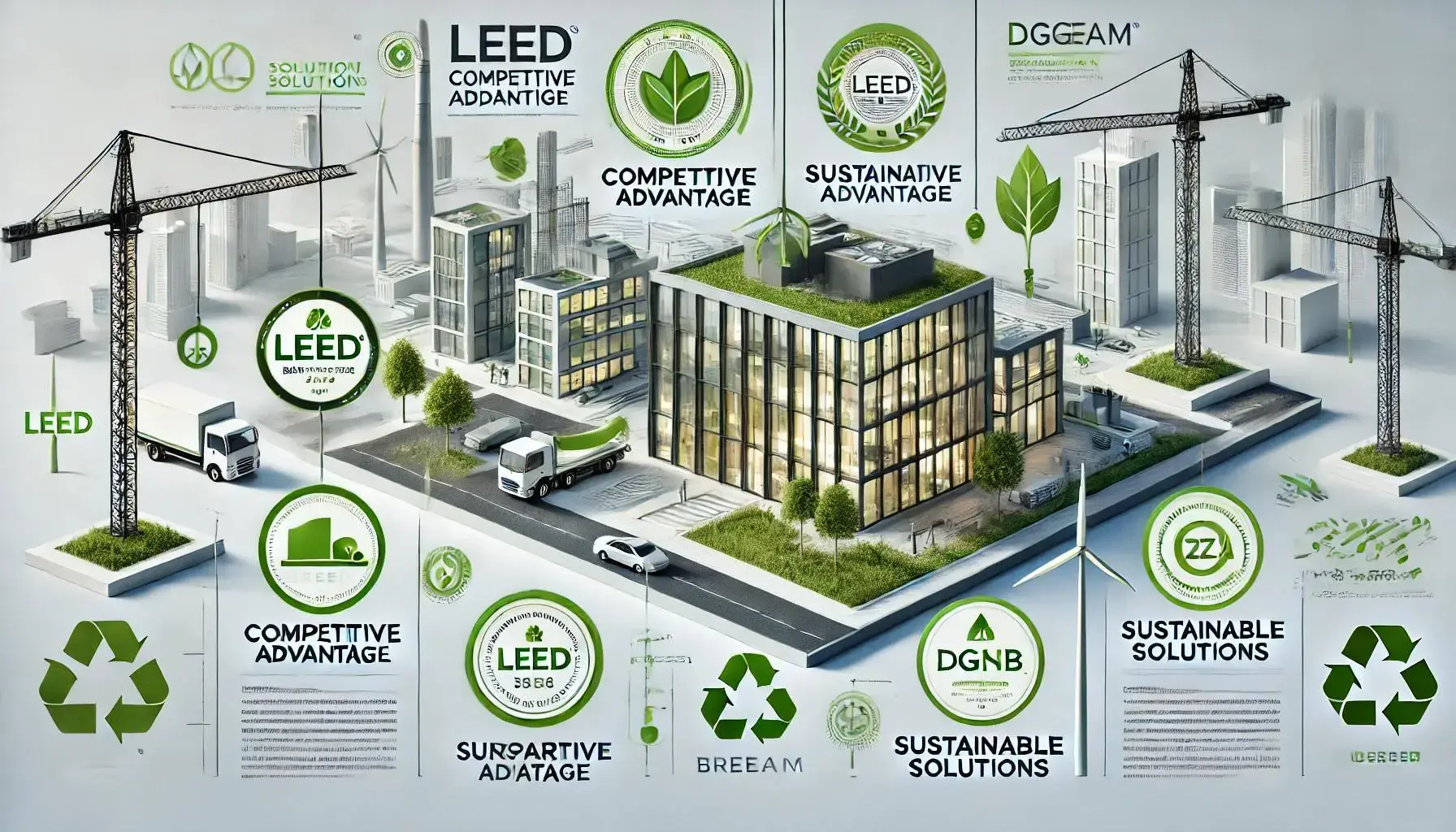Australia’s building industry is under pressure to reduce carbon emissions. From homes and commercial development to major infrastructure, professionals are increasingly trying to measure and reduce both embodied and operational carbon emissions. But there’s a big problem getting in the way: the carbon data is messy, inconsistent, and hard to consume.
This challenge, often referred to as carbon data mapping, is now a daily frustration for architects, engineers, builders and sustainability consultants. It slows down projects, adds complexity and ultimately makes it harder to hit the climate goals.
What Is Carbon Accounting in Construction?
Carbon accounting in the built environment refers to measuring the greenhouse gas (GHG) emissions associated with materials, construction activities, and building operations. It’s broken into three scopes:
Scope 1: Direct emissions from on-site fuel use and equipment, such as generators, construction vehicles, and gas heating.
Scope 2: Indirect emissions from purchased electricity used to power buildings, sites, and machineries.
Scope 3: All other indirect emissions across the value chain, including embodied carbon in materials, transport, waste, and downstream building use.
The Manual Workload Is Real
For most consultants, carbon accounting still involves hours of manual work - exporting bills of quantities, matching them line by line with generic data and EPDs, cleaning data, and verifying outputs. And because construction materials are complex and often bespoke, the mapping isn’t straightforward. You need both carbon and construction knowledge to get it right.
As a result, carbon assessments are often expensive, time consuming, and only used in major projects or during the final stages - when it’s often too late to make meaningful change.
The Core Issues
Everyone speaks a different language
A concrete slab might be called one thing in a design model, described differently in an EPD, yet referred to another in a cost plan. Because there’s no shared language, professionals are forced to manually match items - opening the door to errors and delays.
Difficulties in extracting and updating carbon data
Not all materials have Australian EPDs. And even if they do, it needs time and expertise to extract and compile the carbon data. Moreover, carbon data changes with improving material and supply chain performance, but the inaccessibility makes it hard to track and update.
Disconnected digital tools
Design, specification, cost planning and carbon modelling tools often operate in silos. This disconnection breaks the data flow, making collaborative carbon reduction efforts less efficient.
Many of these problems exist because the industry grew without a shared plan. Tools and data were built for different purposes. Embodied carbon reporting is still emerging in Australia, and the systems just haven’t caught up.
What Australia Should Do
To move forward, Australia needs to treat carbon data like core infrastructure. Here’s where to start:
Create a national carbon data framework
A shared structure for naming materials, products, and building elements would reduce confusion and make data easier to connect. It’s the backbone needed to enable automation and consistency.
Standardise how we link carbon data
There should be clear rules for how EPDs and other carbon factors connect to materials in BIM models, specifications, cost plans and carbon management plans. This would remove ambiguity and improve alignment across teams and tools.
Use government projects to drive the change
Public projects can lead the way by requiring better carbon data and pushing the direction to having different tools working together. This will set a clear signal to the market and accelerate adoption.
Support skills and governance
We need more people trained to work with carbon data, and a governing body to guide how carbon data is collected, updated and consumed. This ensures the system improves over time and stays fair and transparent.
A Shared Mission
Australia’s building sector is ready to take action on carbon reduction, but we can’t move forward with fragmented data systems. To scale low-carbon construction, we need to fix the way we map, structure and share carbon data. That means aligning efforts, creating clear rules, and developing digital tools that speak the same language. The sooner we act, the faster we can decarbonise. It is time we put the pieces together.



